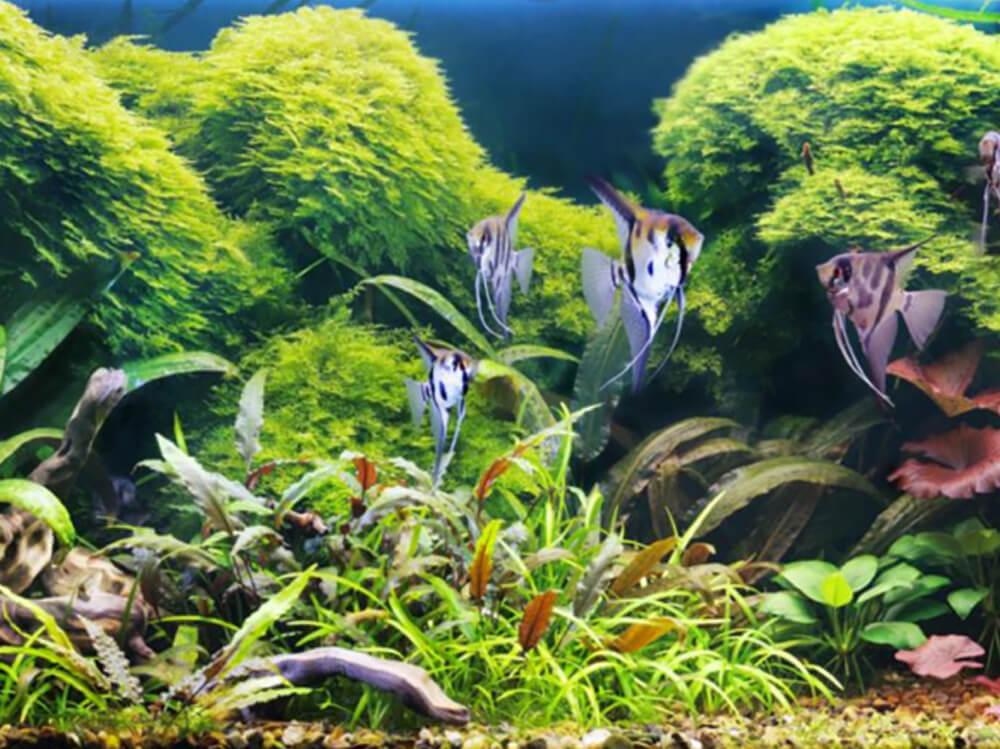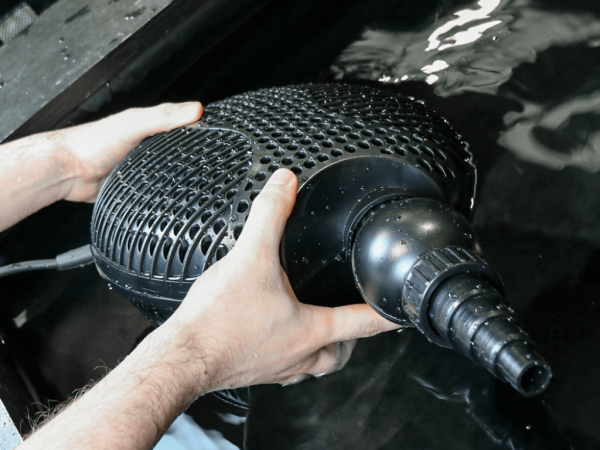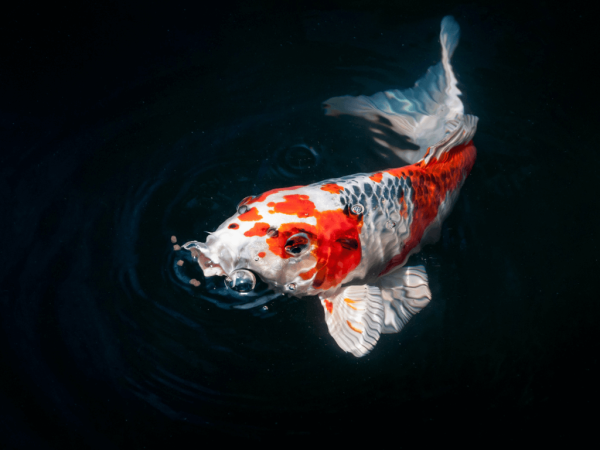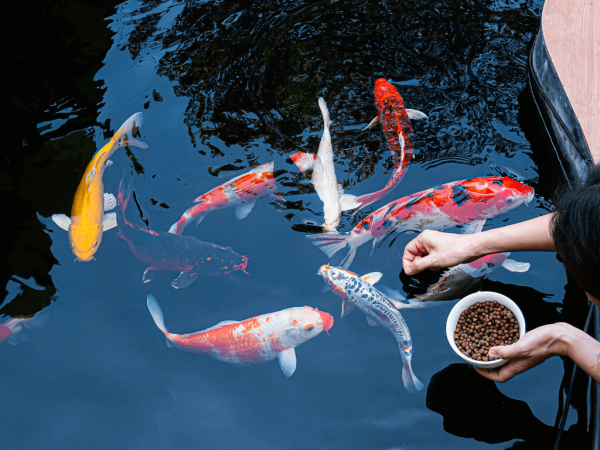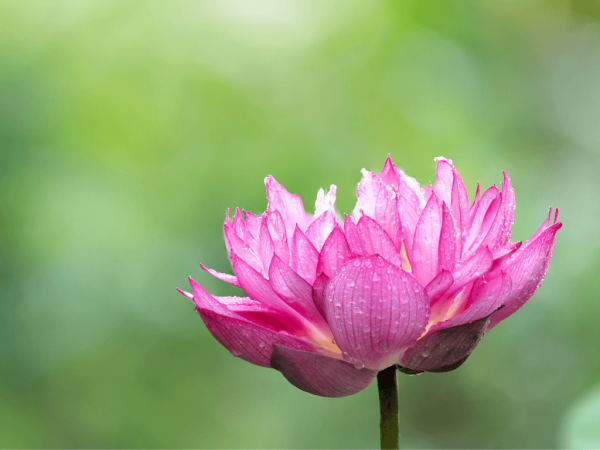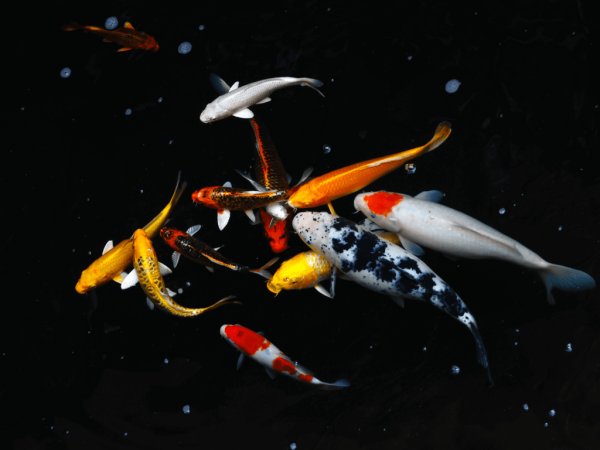The Swell Guide to Aquarium hardscape
Getting aquarium hardscape right is an essential part of successful aquascaping.
Hardscape is the term aquascapers give to the different kinds of hard decoration they add to a planted aquarium. This could be pieces of rock, Azalea wood, driftwood or stones, used either on their own or in combination with each other in the layout. Aquascaping is any landscaping conducted with water and could be in an aquarium or a pond.
It’s most commonly associated with attractive aquarium plant layouts in aquariums, especially Nature Aquariums - tanks set up to replicate mini underwater landscapes with a distinctively Japanese influence.
But placing any pieces of decoration into an aquarium setup is technically aquascaping too, even if it’s just an ornament, a plastic plant and a treasure chest! An aquascape without plants and just wood or stones is referred to as “hardscape-only.”
Aquascaping can develop into an addiction and many “scapers” enjoy the photography side of aquascaping as much as the artistic and aquatic sides. There’s a big social media following in scaping, and competitions where you can win cash prizes.
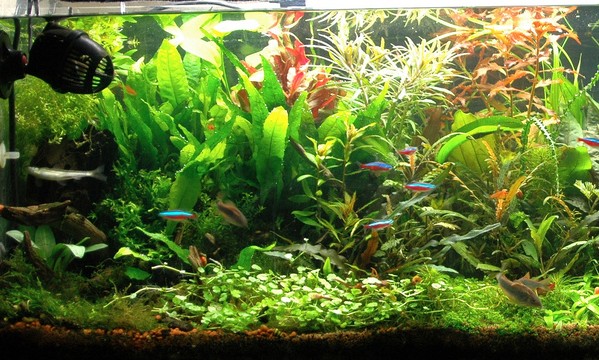
How do you hardscape an aquarium?
Add the substrate first, then place the hardscape on top. Start by placing hardscape so that part of it is prominent two thirds across the aquarium, and two thirds up. This area is known by artists as the Golden Ratio, or the rule of two thirds, and it naturally draws the eye.
Mark on the front glass exactly where that area is, using masking tape or washable pen and once you’ve placed the tip of a rock or the end of a piece of driftwood in the golden ratio, your hardscape is halfway there.
Dry, freshly placed wood like driftwood may float when the aquarium is first filled with water. This can ruin a well-planned out aquascape so an experienced scaper may pre-soak wood for weeks beforehand to make sure it is water-logged, or attach rocks to the wood using fishing line to hold them in place until they take on water naturally, and sink.
Pre-soaking bog wood and driftwood will help to remove tannins too, which would otherwise stain the water brown. Tannins are good for forest biotope aquascapes and can create interesting blackwater habitats. Wood is abundant in many freshwaters.
But blackwater is not favoured in a classic Nature Aquarium, which uses perfectly clear water to accentuate the grey stone or rock character, and oxygen bubbles produced by the plants. Driftwood and roots are still heavily used, but carbon is used in the filter to keep the water crystal clear.
Effective aquascaping is about the purity of elements and materials used. Glass and metal are favoured over plastic, with natural rocks, wood, soil, sand and live plants. Add tiny freshwater shrimp to tend your underwater aquatic garden.
A well-chosen piece of driftwood with character, some rocks, roots and live plants bring all the beauty of nature into your living room and help to create a relaxing, green space in your home.
A successful aquascape is all about planning. A seasoned aquascaper may take days or weeks planning their hardscape, either arranging it in the dry, empty tank, or even building a sandbox with the same dimensions as the tank, and practising arranging the hardscape there, in order to achieve the most impactful scape and artistic layout.
How do you aquascape rocks?
If using wood, like driftwood, add the wood first, and place the largest driftwood piece first. Then place rock around the base of the wood to make it look like the remnants of an ancient tree that grew out of a rocky outcrop.
If just using rocks, place the largest rocks first (in size order,) and then add smaller pieces around the bases. Keep the hardscape away from the front, back and sides of the tank as that’s where the aquarium plants will go. It also makes algae scraping and substrate vacuuming easier during maintenance.
Ensure that large, heavy rocks are cushioned by a deep substrate layer. Deep substrates aid angled rock placement and an aquascape with rock as the main focal feature and a low carpet of plants on the substrate is known as an Iwagumi.
Always use odd numbers of rocks, with just three or five carefully placed keystone rocks as the basis of the whole design. Green plants then accentuate and soften the rockwork.
Clever use of tiny plants, carpeting plants and perspective can then be brought into rock designs to make the rock look like distant mountains and the carpeting plants look like meadows.
Using attractive rocks of the same type and where you place them are the details that matter when aquascaping with rock.
Are landscaping rocks safe for aquariums?
In the UK there’s a wide selection of Landscaping rock available, with most of them like slate and river stones being safe for aquariums.
Many scaper’s shopping activity also involves making trips to garden centres to search for interesting rocks for garden landscaping. On the face of it, they may seem like better value for money than aquarium rocks from an aquatic store.
But landscaping rocks may be larger, heavier and more non-descript than aquascaping rocks like Dragon stone, Ryuoh stone or Ohko stone, which are selected for their sizes, weight and attractive texture. They have more detail so are the preferred choice.
Some landscaping rocks are limestone, meaning that they will raise pH and hardness when placed in a aquarium water. Many grey, striated aquarium aquascaping stones like Seiryu and Ryuo are limestone too.
How to test rocks and stones for lime
If you want to test if a rock contains lime, either soak it in RO water and test pH before and after soaking it, or pour some vinegar onto the clean, dry faces of rocks. If the rock surface fizzes, it’s a sign of limestone.
If you can’t test it most grey, weathered-looking aquascaping rock (except slate) contain limestone and most brown rocks, like Dragon stone, don’t. Wood doesn’t harden water, and instead, tannins released by the wood help to soften and acidify it. Driftwood is the same.
How do you make a slope for an aquarium?
Lay out sand, soil or gravel into the aquarium and bank it up so there is more at the back of the unit than the front. A gentle slope may only be 5 cm of substrate at the front and 10 cm at the back of the set up, although dramatic slopes may incline from 2 cm or less at the front to 15 cm or more at the back.
Slopes can also be angled into the rear corners of the aquarium for even more height. And a double slope can help create the effect of mountains in the corners and a valley in the middle of the aquarium.
Sloping substrates are used to form perspective and may help detritus collect at the front of the tank for easy removal. Deep slopes aid plant roots to grow too, but may use far more substrate than a standard aquarium gravel bed. Fine substrates like sand have much greater density so don’t spread as far as coarse ones.
Ensure you buy enough substrate for your aquascaping needs, or bulk up deep substrates with rocks pushed in underneath the soil. Expensive, nutrient-rich soils can be bulked out with cheaper, inert gravel underneath or inert substrates can be used in their entirety, and fertilised later on with a fertiliser tablet.
Where to buy aquascaping materials
The Swell UK online store provides everything for the planted tank in one place from tanks, lights and CO2 to filters, fertilisers, substrates, tools and hardscape. Shop for pest-free, shrimp safe, live aquarium plants, interesting layout materials like roots, rock, stone, driftwood, aquascaping decoration and all your planting essentials.
While you're thinking about your aquarium's decor and plants, you might want to stock up on planted aquarium treatments. Why not try our brand-new Swell Planted range including Swell Planted Aquarium Nitrogen, Swell Planted Aquarium Phosphorus, Swell Planted Aquarium Potassium, Swell Planted Aquarium Booster, Swell Planted Aquarium Iron, Swell Planted Aquarium Carbon and Swell Planted Aquarium Root Tabs.




